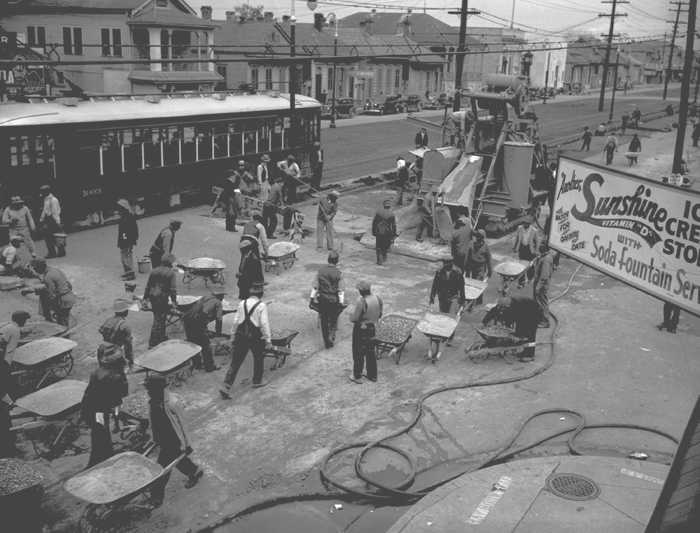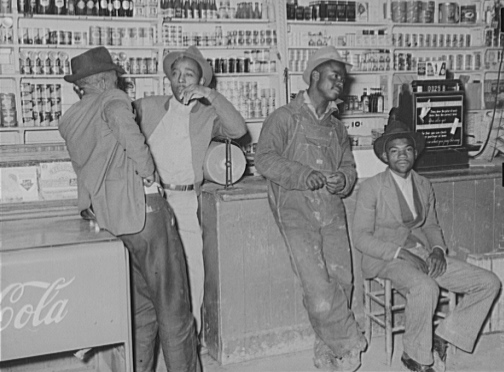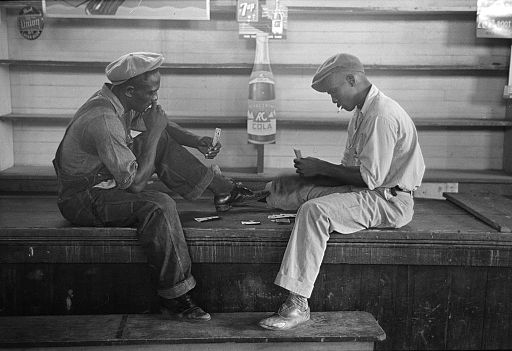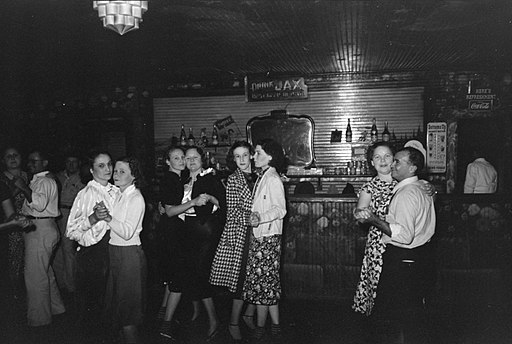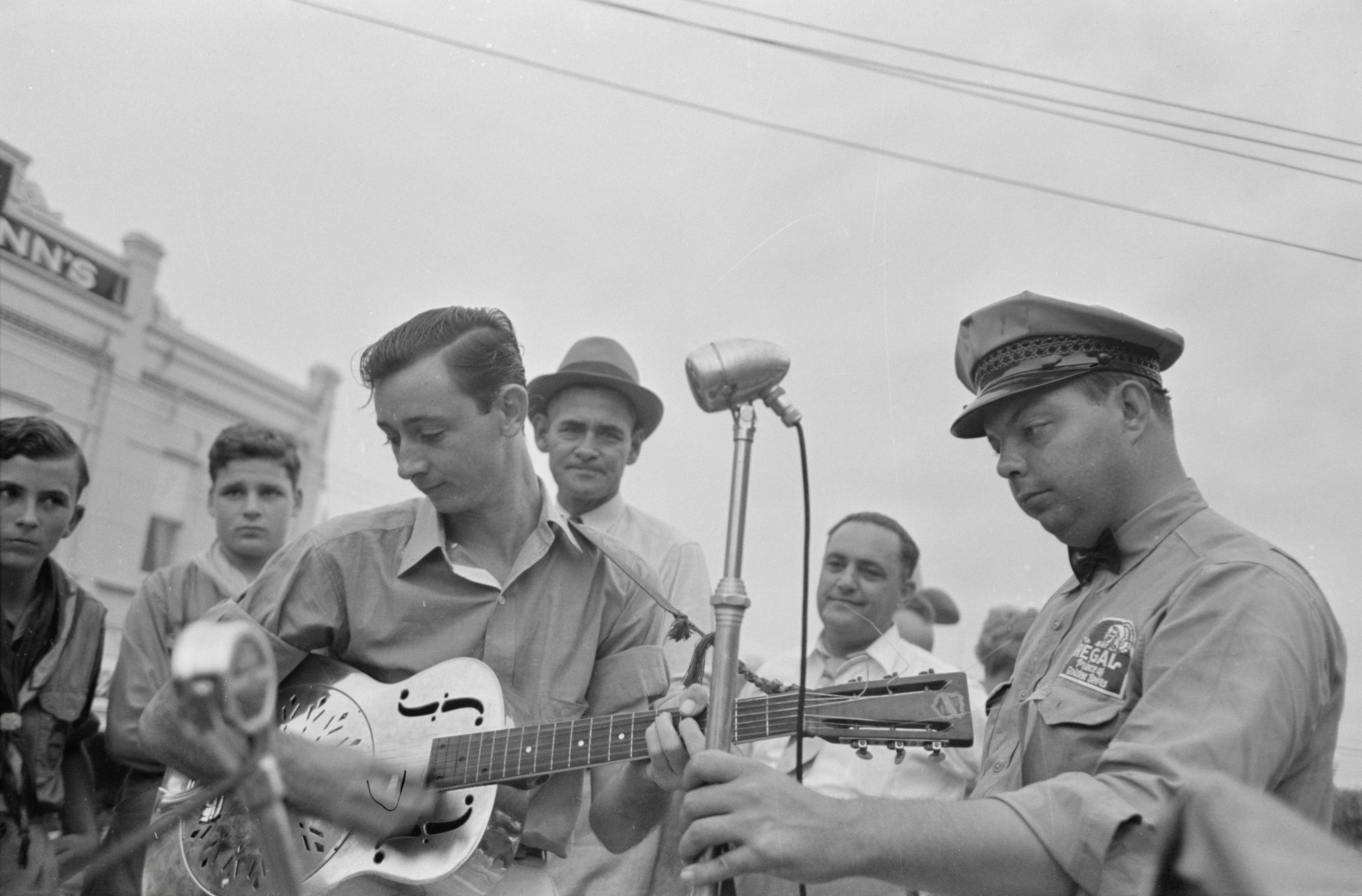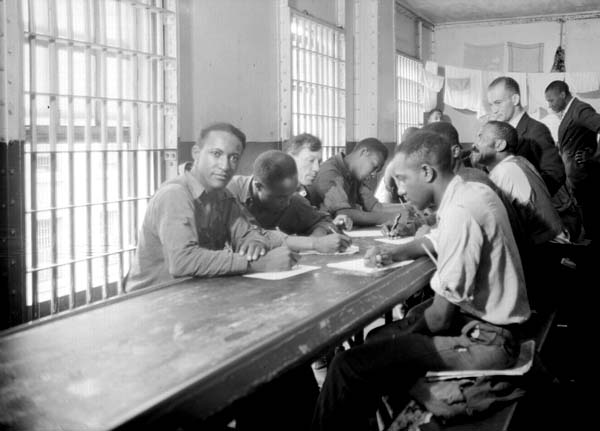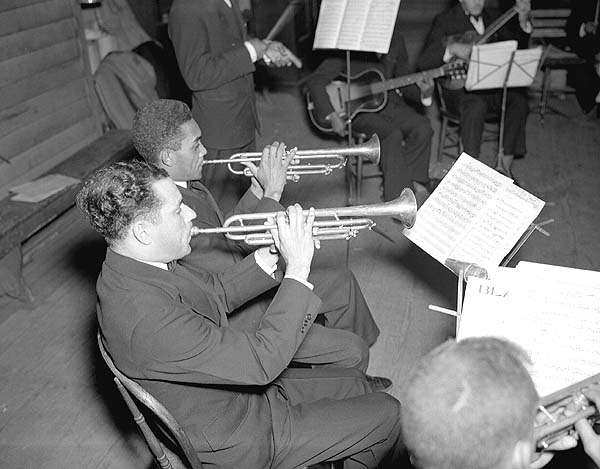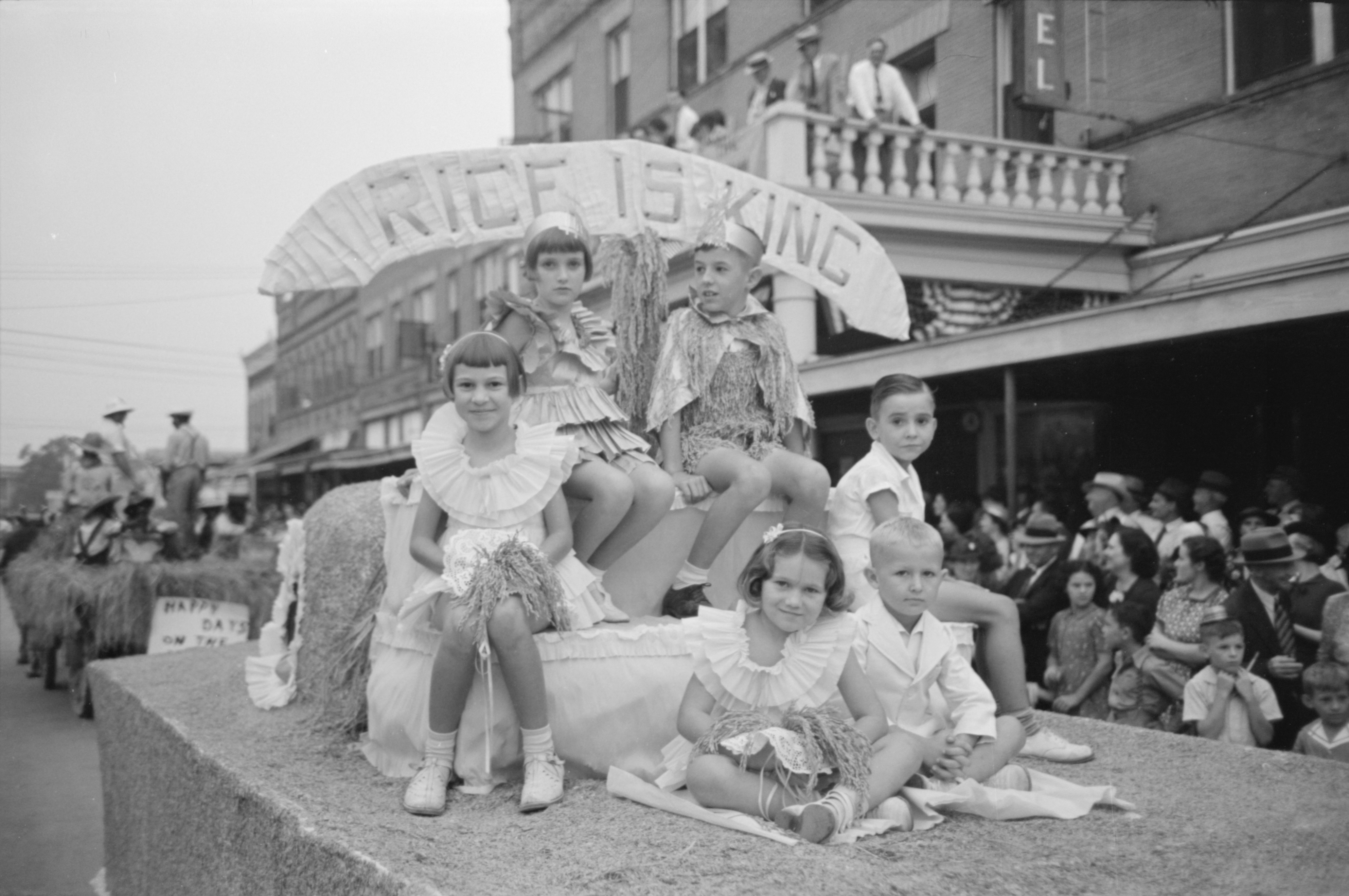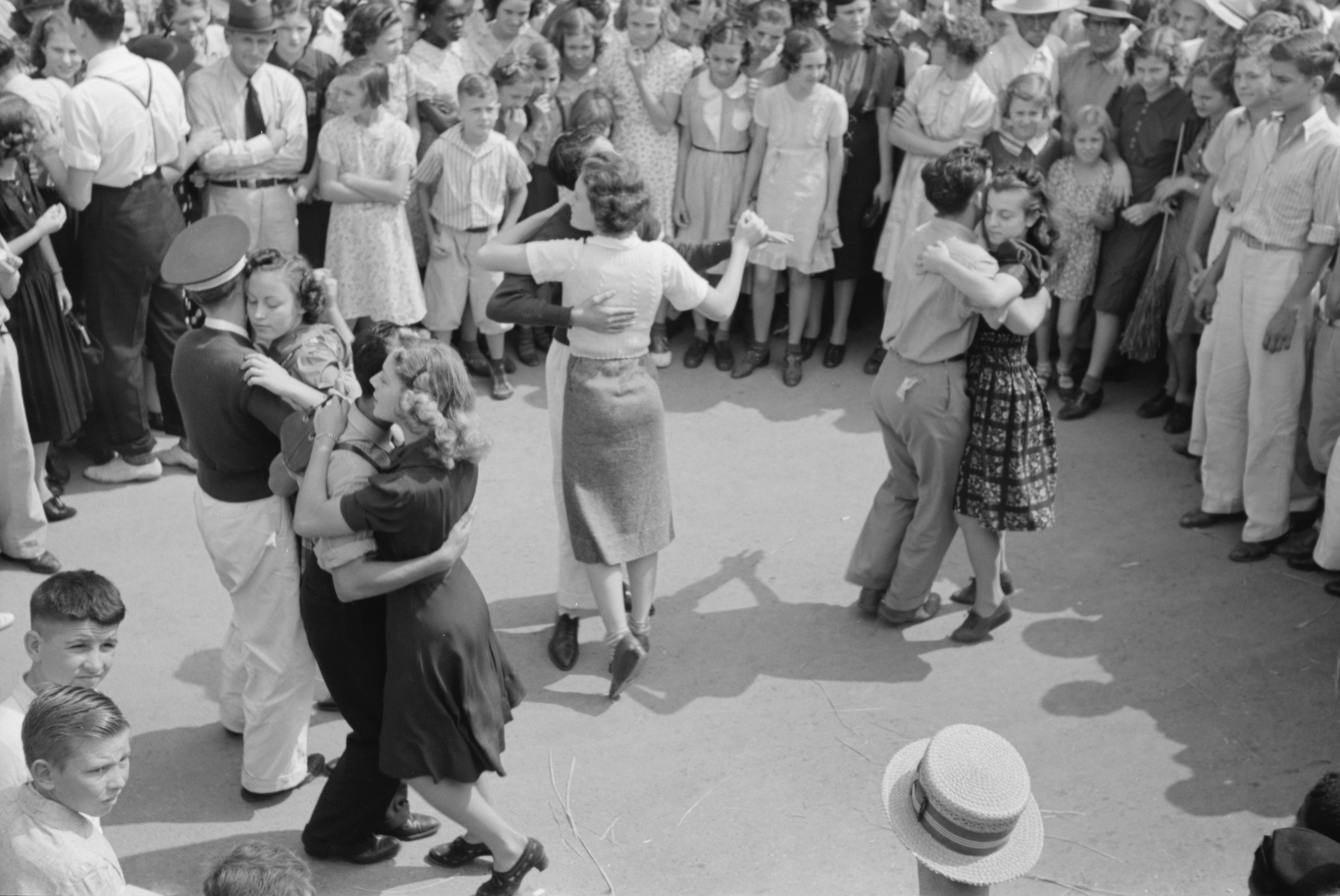As anyone who has lived through a tragedy knows, severe circumstances tend to bring out the best in some and the worst in others. This phenomenon can be seen in the history of the region which became known in the 1930s as the dust bowl. While the location of the dust bowl was not static during that trying decade, the term generally refers to the southern portion of the Great Plains. It includes, but is not limited to the northern Texas Panhandle, northeastern New Mexico, southeastern Colorado, southwestern Kansas, and the Oklahoma Panhandle. One historian describes the severity of life in this area during the 1930s this way:
"The history of the heartland of the dust bowl is a story of extremes. The depression drove farm prices to devastatingly low levels while the weather tormented the residents of the region. Severe depression and extremes in weather were accompanied by plagues of rodents and insects. Although the period is known for its dust storms, the era began with a flood." (Bonnifield pg.61)
Indeed in September of 1930 heavy rains descended on the area with devastating effects. Homes were wrecked, businesses destroyed, equipment washed away, and the decade known as the "dirty thirties" began on the Great Plains. Of all the destructive forces that would be endured by the plains people during the next ten years - tornadoes, hail storms, plagues of insects - the most inescapable and pervasively destructive force of all was the wind. Once fertile land which had fed the livestock, produced abundant gardens and paid the bills was dried and pummelled into a fine dust, swept up 40 feet into the air, and deposited on floors, in cupboards, on food, between bedclothes, and in every nook and cranny of life. In this way, the wind and sun robbed a people of their livelihood, wore down their resolve, and relentlessly imposed on their very sanity.
As the years of wind and drought wore on, the inhabitants, many whose families had settled the area in the 1800s, were helpless to rejuvenate their land. Instead, they were forced to stand by as livestock starved in the pasture, crops literally burned in the fields, and plans for the future were carried away in the wind with the topsoil. Savings, meant to send a son or daughter to college, or to build up a herd of cattle to support a growing family, dwindled away as year after year the harvest failed to come through.
One of the greatest tragedies of the time was the fact that as mortgages were called in one by one by banks, the government with its 'Resettlement Administration' stepped in to buy up land for pennies. As the government consequently changed the landscape; experimentally building work camps, damming water sources, and trying out different fire prevention methods, many long-time residents who owed nothing on their land were forced to move.
While it is true that farming methods of the time contributed to the extent of the dust storms and land erosion, that fact is only a part of the story. Another part of the story is told by the survivors whose families called the land home for decades. They tell of mismanaged government programs and homes and land destroyed by prairie fires set by inexperienced government workers in the name of progress.
In the end, people who had relied on nature for their livelihood and who were all too familiar with the whims of weather and cycles of abundance and scarcity met the challenge in the way they had met so many before - with perseverance and most of all with hope. Hope for a better time next year. Called "America's Next Year People", these resilient families fought for their lives against unbelievable forces. They hung wet sheets on walls and ceilings to catch the dust. They ate meals under tablecloths to cut down on the amount of dirt ingested. After the worst storms, they literally shoveled the dirt from their rooms. And in the midst of the drought, they gathered tumbleweeds and soapweed to feed the livestock.
In her book, Dust Bowl Diary, Anne Marie Low describes the constant struggle to keep livestock alive, "Teaching a calf to drink from a bucket is a messy job. Nature tells him nourishment comes from above, like manna from Heaven." (Low pg.54)
Like the calf, the plains people were betrayed by the very lessons they had learned from nature. Dry spells are followed by wet spells, and rain eventually does fall, or so they thought. Lured to the area decades before with promises of abundance and government offers of bargain land, now they watched in what must have been awful amazement as nature turned its back.
In 1932 as the trials were just beginning, Anne Low writes of the beauty of her homeland:
"This evening I picked chokecherries in the Big Pasture, starting home just at sunset. Ducks were feeding quietly along the river. Behind me, the hills were turning lavender. In front of me, the fields were a golden mist. My country." (Low pg. 69)
Who could imagine the good times would not return? Just two years later she writes, "This country doesn't look pretty anymore; it is too barren. I'm herding the milk cows on what is left of the grain fields. We replanted the corn and garden...If it doesn't rain, the corn is out of luck." (Low pg. 99)
The story of the dust bowl is a complex story of failure and hope, furious weather and furious human effort, and most of all it is a story of the unending human capacity for faith in a better tomorrow.
Map of regions that were affected by the Dust Bowl.
Dust Bowl Era Photos Prints on ebay
-------------------------------
Works Cited:
Bonnifield, Paul. The Dust Bowl: Men, Dirt, and Depression (Albequerque 1979)Low, Anne Marie. Dust Bowl Diary (Nebraska 1984)
"The history of the heartland of the dust bowl is a story of extremes. The depression drove farm prices to devastatingly low levels while the weather tormented the residents of the region. Severe depression and extremes in weather were accompanied by plagues of rodents and insects. Although the period is known for its dust storms, the era began with a flood." (Bonnifield pg.61)
 |
| Dust storm approaching Spearman, Texas - April 14, 1935 - See page for author [Public domain], via Wikimedia Commons |
As the years of wind and drought wore on, the inhabitants, many whose families had settled the area in the 1800s, were helpless to rejuvenate their land. Instead, they were forced to stand by as livestock starved in the pasture, crops literally burned in the fields, and plans for the future were carried away in the wind with the topsoil. Savings, meant to send a son or daughter to college, or to build up a herd of cattle to support a growing family, dwindled away as year after year the harvest failed to come through.
One of the greatest tragedies of the time was the fact that as mortgages were called in one by one by banks, the government with its 'Resettlement Administration' stepped in to buy up land for pennies. As the government consequently changed the landscape; experimentally building work camps, damming water sources, and trying out different fire prevention methods, many long-time residents who owed nothing on their land were forced to move.
While it is true that farming methods of the time contributed to the extent of the dust storms and land erosion, that fact is only a part of the story. Another part of the story is told by the survivors whose families called the land home for decades. They tell of mismanaged government programs and homes and land destroyed by prairie fires set by inexperienced government workers in the name of progress.
In the end, people who had relied on nature for their livelihood and who were all too familiar with the whims of weather and cycles of abundance and scarcity met the challenge in the way they had met so many before - with perseverance and most of all with hope. Hope for a better time next year. Called "America's Next Year People", these resilient families fought for their lives against unbelievable forces. They hung wet sheets on walls and ceilings to catch the dust. They ate meals under tablecloths to cut down on the amount of dirt ingested. After the worst storms, they literally shoveled the dirt from their rooms. And in the midst of the drought, they gathered tumbleweeds and soapweed to feed the livestock.
In her book, Dust Bowl Diary, Anne Marie Low describes the constant struggle to keep livestock alive, "Teaching a calf to drink from a bucket is a messy job. Nature tells him nourishment comes from above, like manna from Heaven." (Low pg.54)
Like the calf, the plains people were betrayed by the very lessons they had learned from nature. Dry spells are followed by wet spells, and rain eventually does fall, or so they thought. Lured to the area decades before with promises of abundance and government offers of bargain land, now they watched in what must have been awful amazement as nature turned its back.
In 1932 as the trials were just beginning, Anne Low writes of the beauty of her homeland:
"This evening I picked chokecherries in the Big Pasture, starting home just at sunset. Ducks were feeding quietly along the river. Behind me, the hills were turning lavender. In front of me, the fields were a golden mist. My country." (Low pg. 69)
Who could imagine the good times would not return? Just two years later she writes, "This country doesn't look pretty anymore; it is too barren. I'm herding the milk cows on what is left of the grain fields. We replanted the corn and garden...If it doesn't rain, the corn is out of luck." (Low pg. 99)
The story of the dust bowl is a complex story of failure and hope, furious weather and furious human effort, and most of all it is a story of the unending human capacity for faith in a better tomorrow.
Map of regions that were affected by the Dust Bowl.
Dust Bowl Era Photos Prints on ebay
-------------------------------
Works Cited:
Bonnifield, Paul. The Dust Bowl: Men, Dirt, and Depression (Albequerque 1979)Low, Anne Marie. Dust Bowl Diary (Nebraska 1984)
Article mirrored from:








